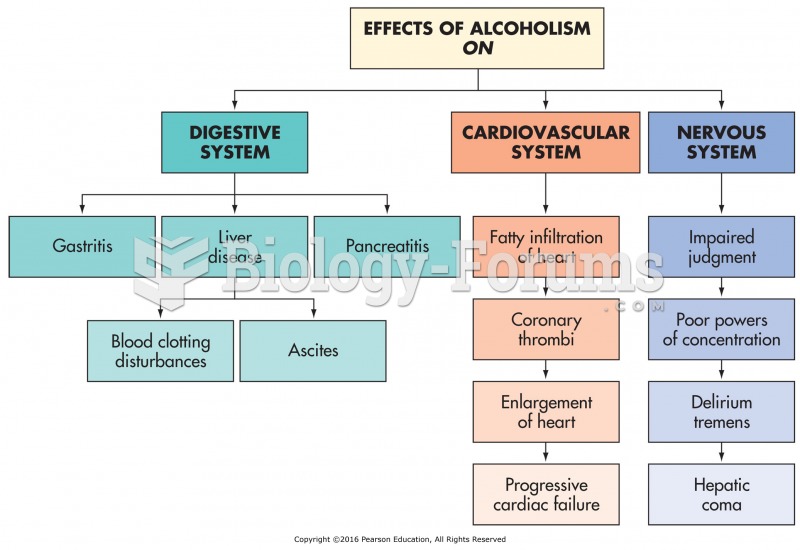Answer to Question 1
The scenic beauty of land-as well as its long-term economic value- is being spoiled by a variety of short-term human efforts: strip mining of coal, oil drilling, clearing trees and forests, building highways, constructing oil pipelines, overgrazing by cattle and sheep, dumping garbage, littering, and erecting highway billboards. In nature there is often a delicate balance among the elements: Some fertile land needs trees and grass to retain moisture and fertility; grass-eating animals need grass to survive; carnivorous animals need the grass-eating animals; some birds need seed and insects; other birds feed on small animals or larger animals that have died; all are in need of water. Upsetting this balance often leads to destruction. The Sahara Desert, fewer than 20,000 years ago, was a luxuriant forest. Overgrazing by domesticated sheep and goats and clearing of the forests were major factors in destroying the area. Deforestation is caused almost entirely by humans who log trees to get lumber and fuel and intentionally destroy the forests to make room for the farms and cities demanded by a growing population. Every year the world loses an area of tropical forest land that is comparable to the size of Wisconsin. At this rate, virtually no tropical forests will be left in 30 or 40 years. If the rain forests are destroyed, more than a million unique species of animals and plants will die with them. Some areas of the world are losing several inches of topsoil each year because of poor management that exposes the land to water and wind erosion. This is particularly alarming in light of the fact that it takes 300 to 1,000 years to produce 1 inch of topsoil under favorable conditions. Each year 25 billion tons of topsoil are lost, primarily by erosion and by being washed into the sea.
Forests, water, and soil are renewable resource systems that have carrying capacities-that is, levels at which they can provide maximum yields without injuring their capacity to repeat those yields. We can chop down only a certain number of trees in a forest each year without destroying the forest's capacity to replace those trees. Human populations in many parts of the world have grown so large that they are beginning to exceed the carrying capacities of their environments.
Answer to Question 2
a







